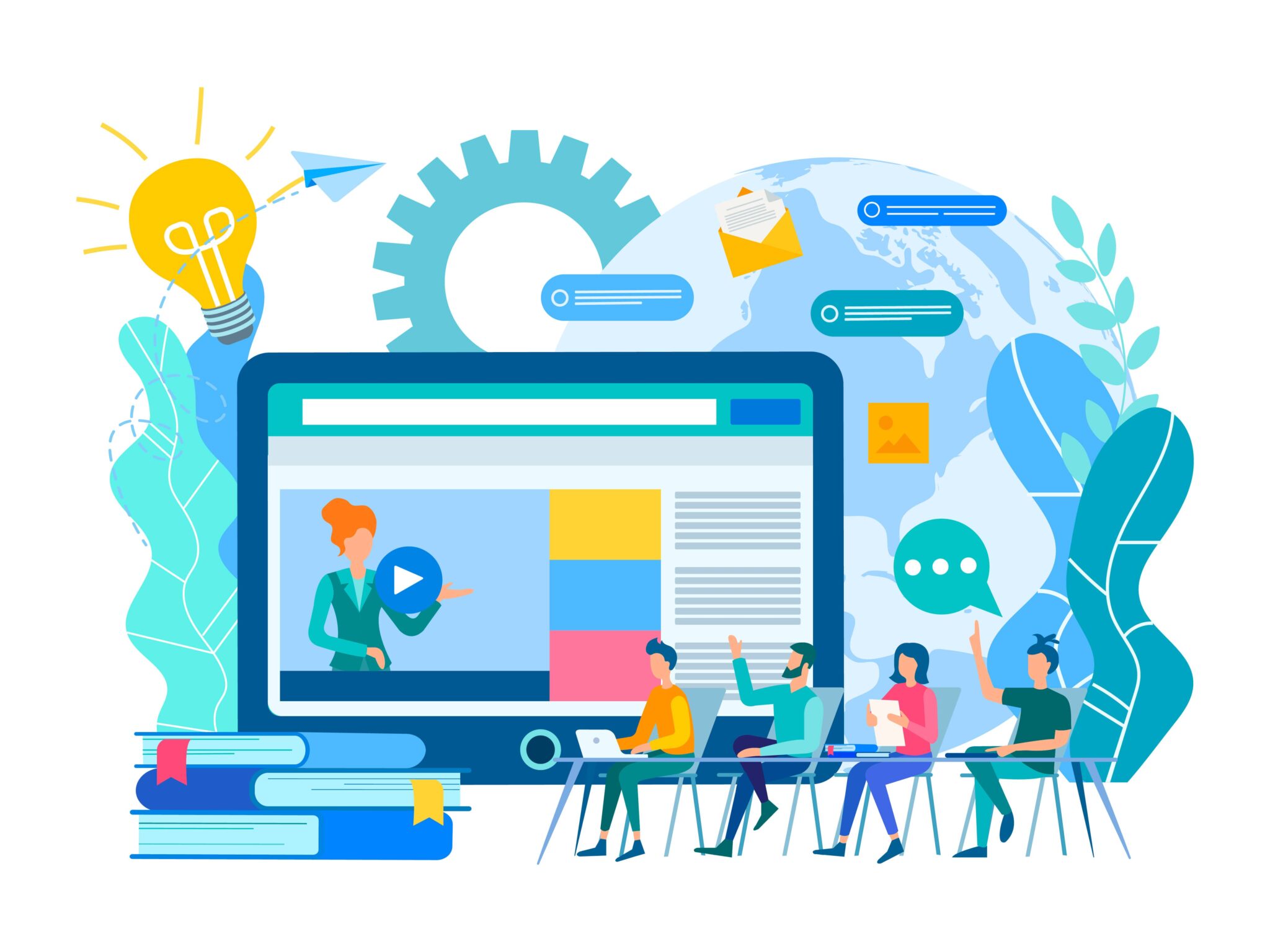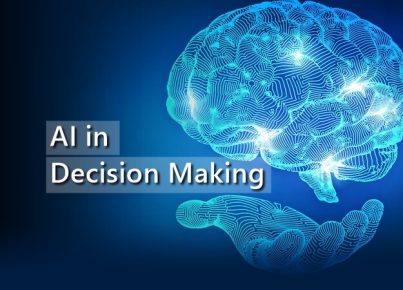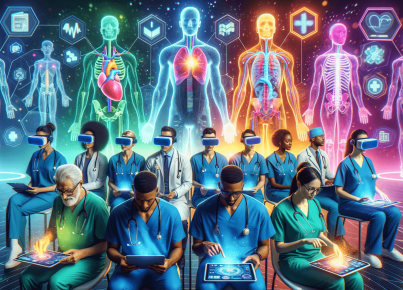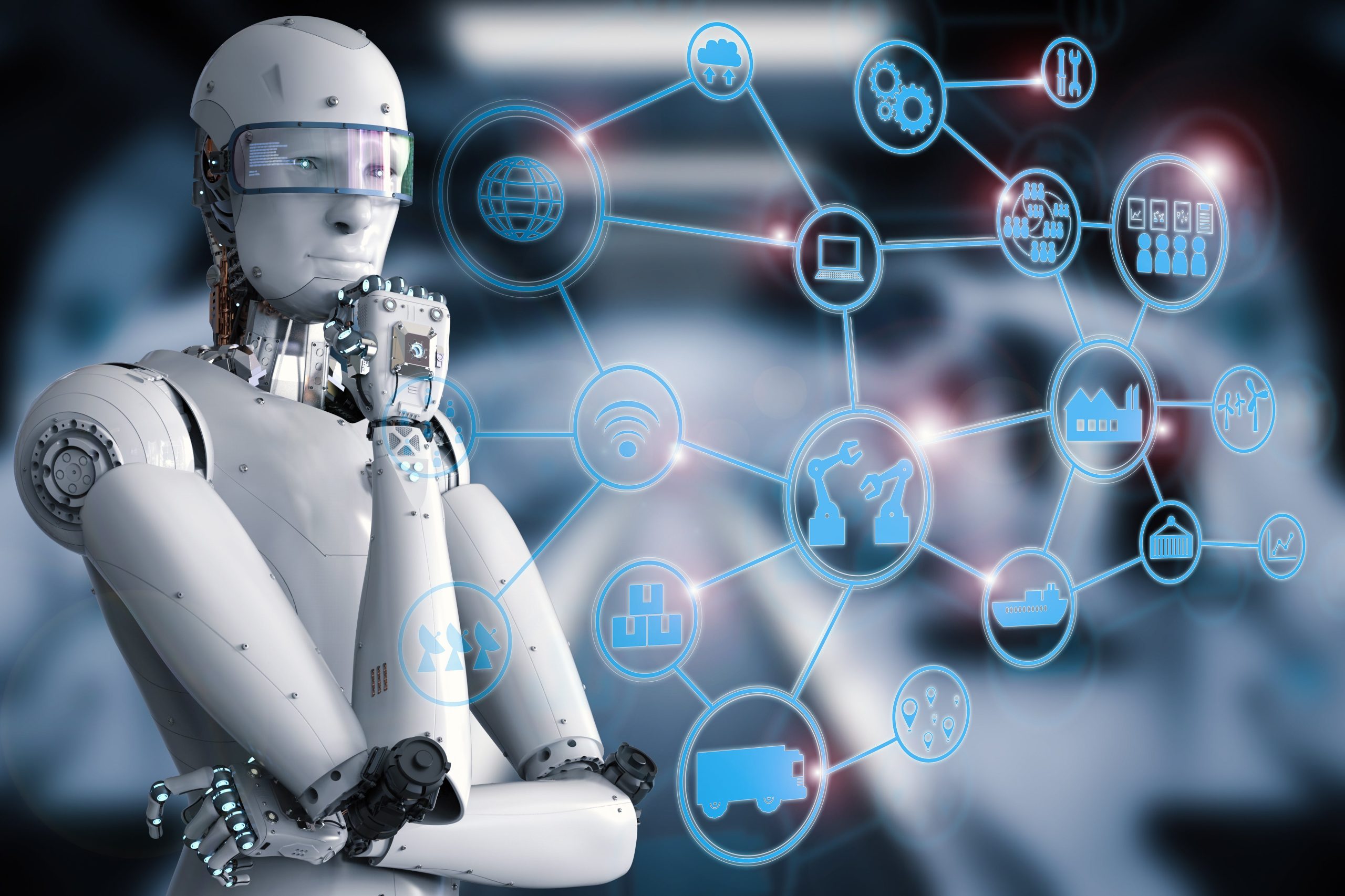Blended learning, the fusion of traditional face-to-face instruction with online educational components, has been evolving rapidly in recent years. One of the most significant trends shaping this landscape is the integration of adaptive learning technologies. These sophisticated systems use data-driven algorithms to personalize the learning experience for each student, creating a more efficient and effective educational journey.
Adaptive learning platforms analyze student performance in real-time, adjusting the difficulty, pace, and content of lessons to match individual needs. In a blended learning context, this means that the online portion of a course can be tailored to address specific gaps in knowledge or accelerate learning for advanced students. Meanwhile, in-person sessions can be optimized to focus on collaborative activities, discussions, and hands-on applications of concepts learned online.
The impact of adaptive learning in blended environments is multifaceted. For students, it means a more engaging and relevant learning experience, with content that challenges them appropriately without causing frustration or boredom. Educators benefit from detailed insights into student progress, allowing them to provide more targeted support during face-to-face interactions. Institutions see improved retention rates and learning outcomes as students receive personalized attention at scale.
However, the implementation of adaptive learning technologies is not without challenges. It requires significant investment in both technology and teacher training. There are also concerns about data privacy and the potential for over-reliance on algorithms in educational decision-making. Despite these hurdles, the trend towards adaptive learning in blended environments continues to gain momentum, driven by its potential to create more equitable and effective learning experiences for diverse student populations.
As we move forward, we can expect to see even more sophisticated adaptive systems that incorporate artificial intelligence and machine learning, further blurring the lines between online and offline learning. The future of blended learning may well be a seamless, adaptive experience that draws on the strengths of both digital and human instruction to meet the unique needs of every learner.





